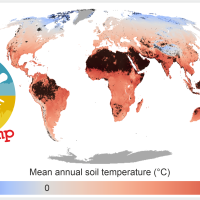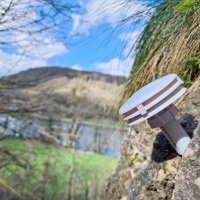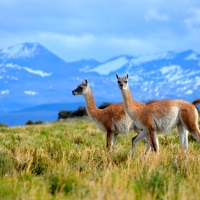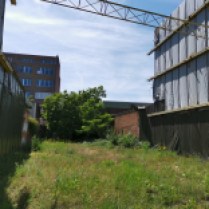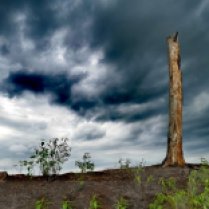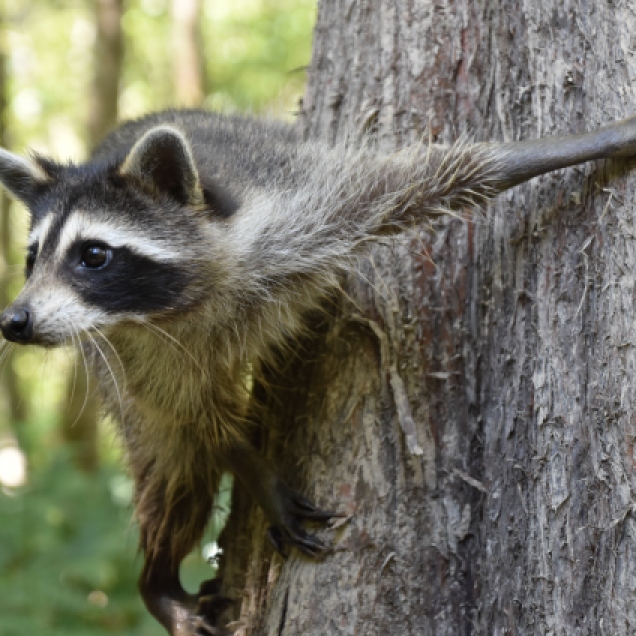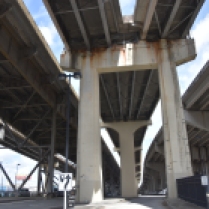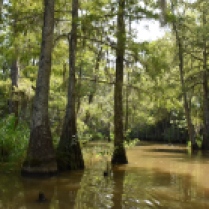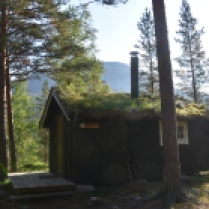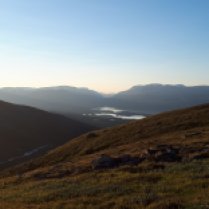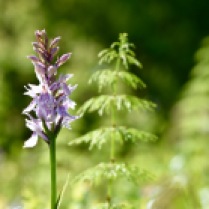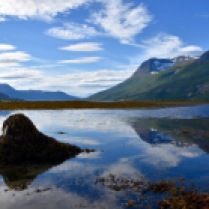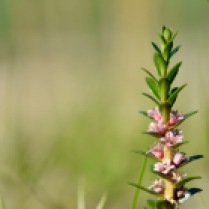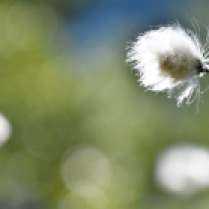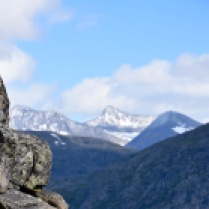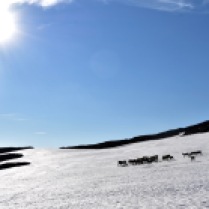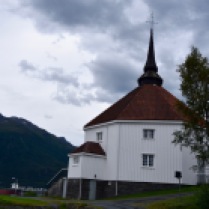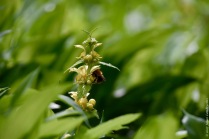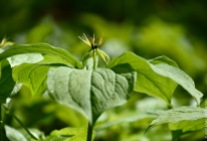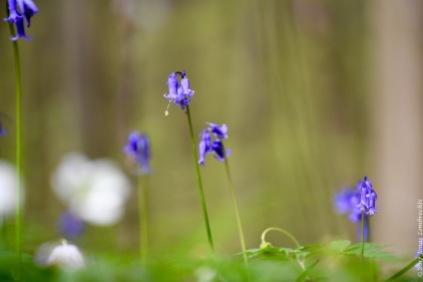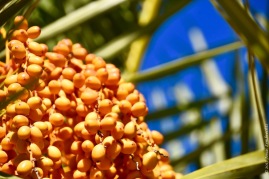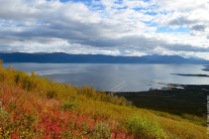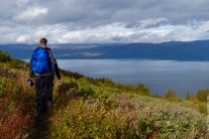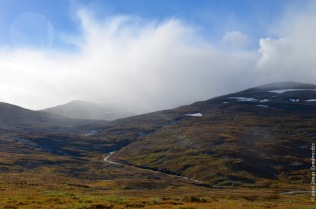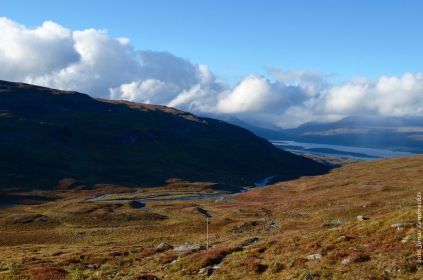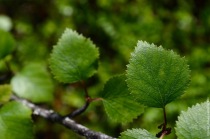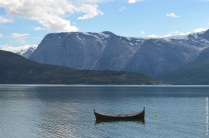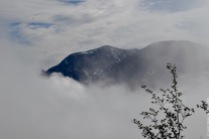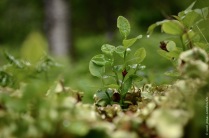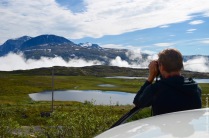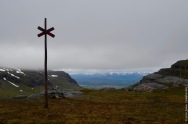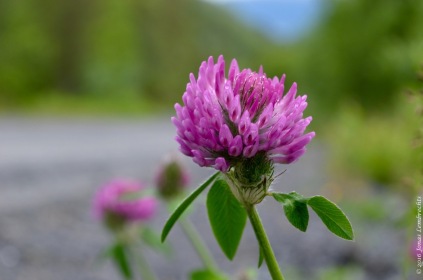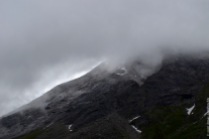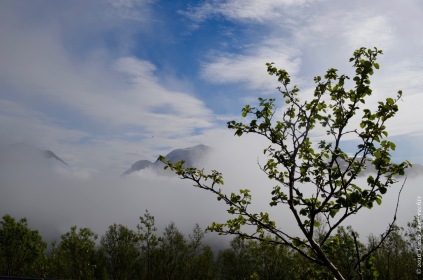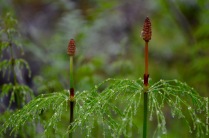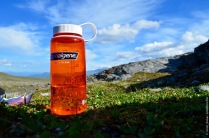One of the key findings of the Mountain Invasion Research Network (MIREN) is that mountain roads have a MASSIVE impact on their surrounding vegetation. Whole communities are changing, non-native species are moving in, and all kinds of species are moving hundreds of meters up and down along them.
Now (in this paper), we add a new and intriguing component to that story: belowground communities are changing fundamentally as well, and these changes are surprisingly consistent across the globe. In a first attempt to include the dynamics of belowground communities into our global MIREN storyline, we looked at the dominant mycorrhizal associations of plant communities along mountain roads.
We estimated the percentage of plant species in each of our MIREN plots from mountain regions across the globe that was associated with a certain mycorrhizal type, and analyzed trends in the dominance of each of these types along climatic gradients, contrasting disturbed roadsides with (semi-)natural interior vegetation.
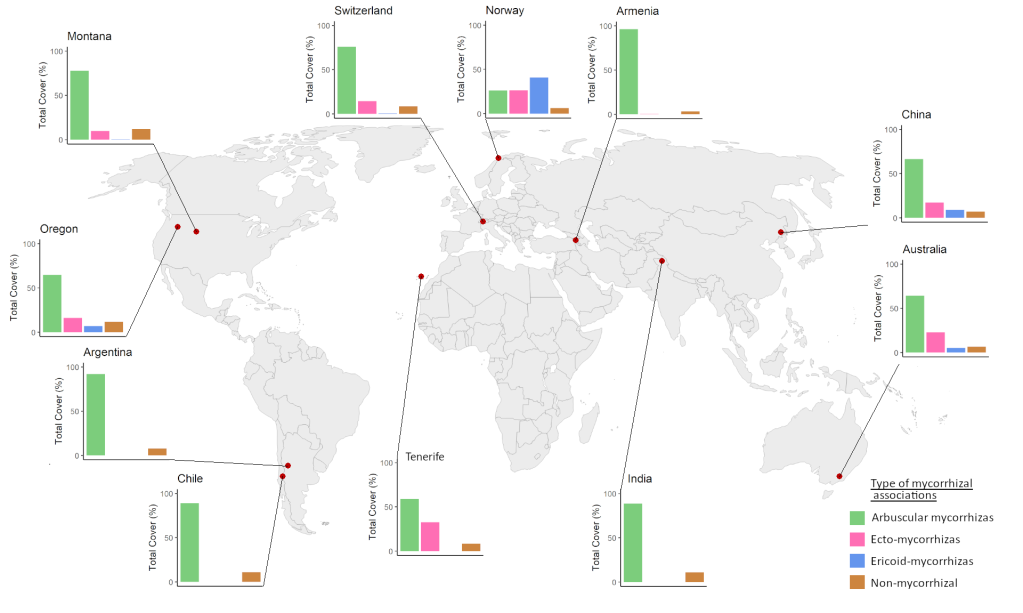
Conclusions were surprisingly clear: while changes in vegetation are often relatively murky and contradictory between regions, trends in the dominant mycorrhizal type were relatively straightforward: roadsides overwhelmingly facilitate the establishment of communities associated with arbuscular mycorrhizal fungi (AMF), to the detriment of ericoid and ectomycorrhizal species. Even more, that beneficial effect on arbuscular mycorrhizae was especially strong in regions traditionally dominated by ecto- and ericoid mycorrhizal communities – often those with colder climates, such as our own northern Scandinavian research site.
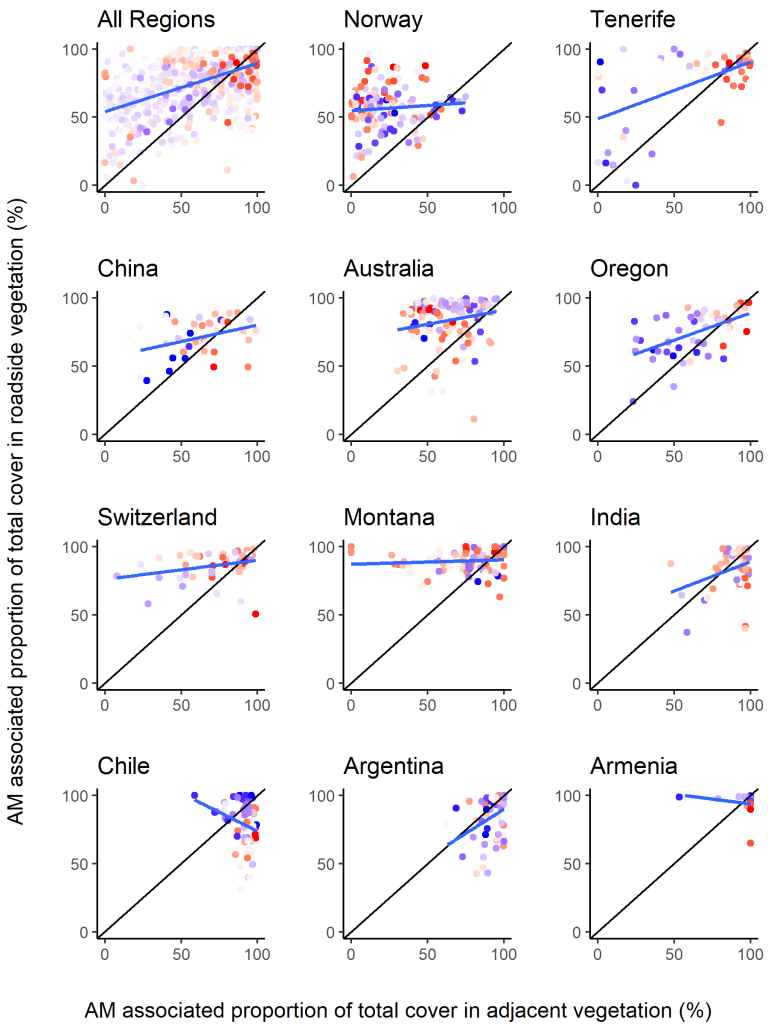
This ‘power to the AMF’ we see along mountain roads is very much in line with the known traits and preferences of these fungi and their associated plants. Indeed, roads tend to favour ruderal species, commonly AM or non-mycorrhizal (NM) plants, to the detriment of more perennial and woody plants, more likely to be associated with EcM and ErM fungi. We thus expected road disturbance to correlate with increased AM and NM representation and decreased EcM and ErM, yet were pleasantly surprised with the generality of that pattern.
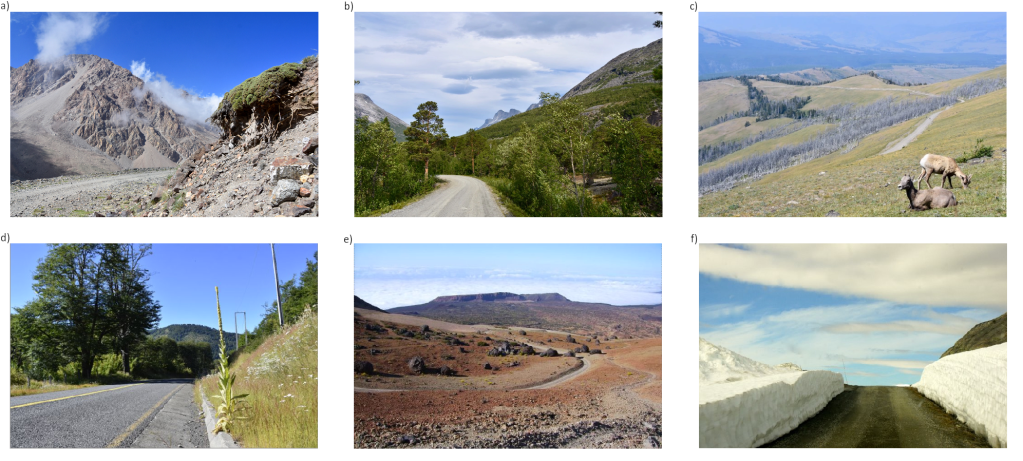
A possible hypothesis behind our – for now unfortunately only observational – correlation would be that roadside disturbance leads to increased soil nutrient mineralization and/or reduced soil acidity, which AM-fungi are more apt at taking advantage of. Indeed, it is no coincidence that most ruderal plant species are associated with AM-fungi, with their relatively rapid colonization strategies, generalist nature, lower level of specialization for specific soil conditions, and preference for dynamic, disturbed habitats. The fact that these ruderal AM plant species are generally faster growing and more disturbance tolerant due to their ability to take advantage of vegetation gaps, thus could begin to explain the patterns we observed: increased nutrient availability, less extreme pH, more dynamic conditions, and reduced competition in roadsides all act in favor of AM plant species.
These intriguing patterns raised an obvious next question to us at the Mountain Invasion Research Network: what would the impact be on non-native species? Surprisingly perhaps, virtually all non-native species in all our studied mountain regions are AM- (or some NM-)associated. This does make sense, however, if one thinks about how strongly they are associated with roadsides; which we now showed to be the ultimate heaven for AM-associated plant species. Yet we went one step further: we also showed that these AM-associated non-native species can now also much more easily escape from the roadside into the adjacent vegetation if the latter is more AM-dominated. Another reason why invasion levels in our ericoid and ectomycorrhizal vegetation in northern Scandinavia are virtually zero?
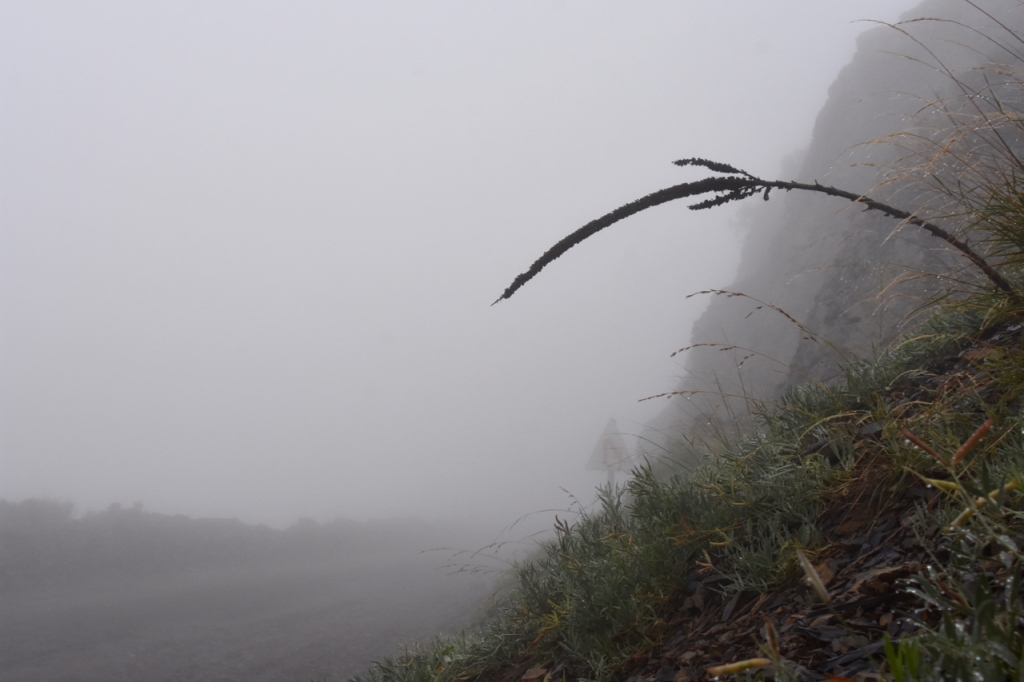
Our results represent an important first global study of the role of anthropogenic disturbances in shaping mountain plant communities through the mycorrhizal fungi they associate with. While these findings might sound theoretical, they have important implications for vegetation restoration worldwide, as they suggest that roadside disturbance can change the fundamental make-up of EcM- and ErM-dominated plant communities, potentially shifting communities between alternative stable states of mycorrhizal dominance that could be very difficult to reverse.
The paper can be found here!



